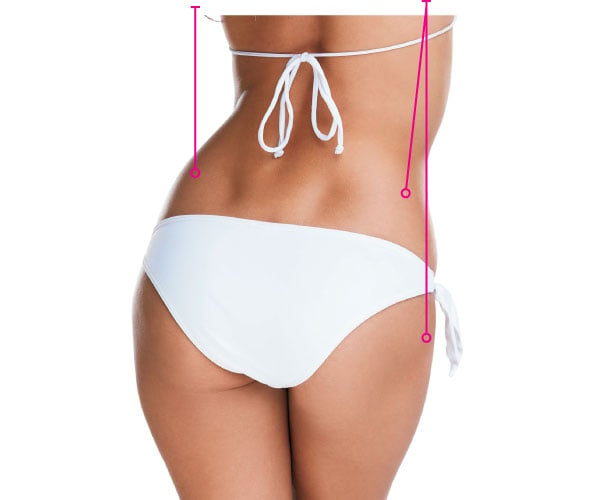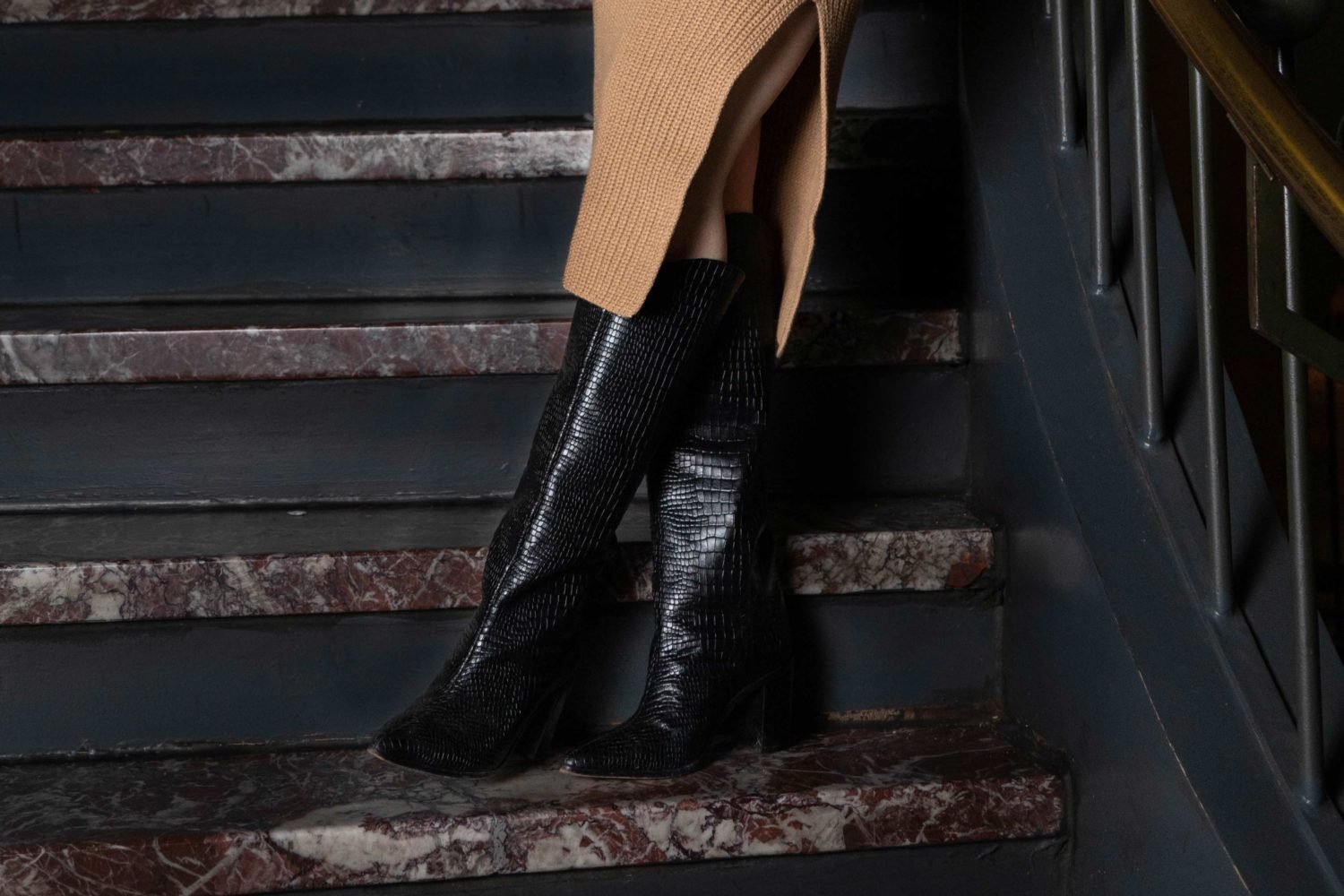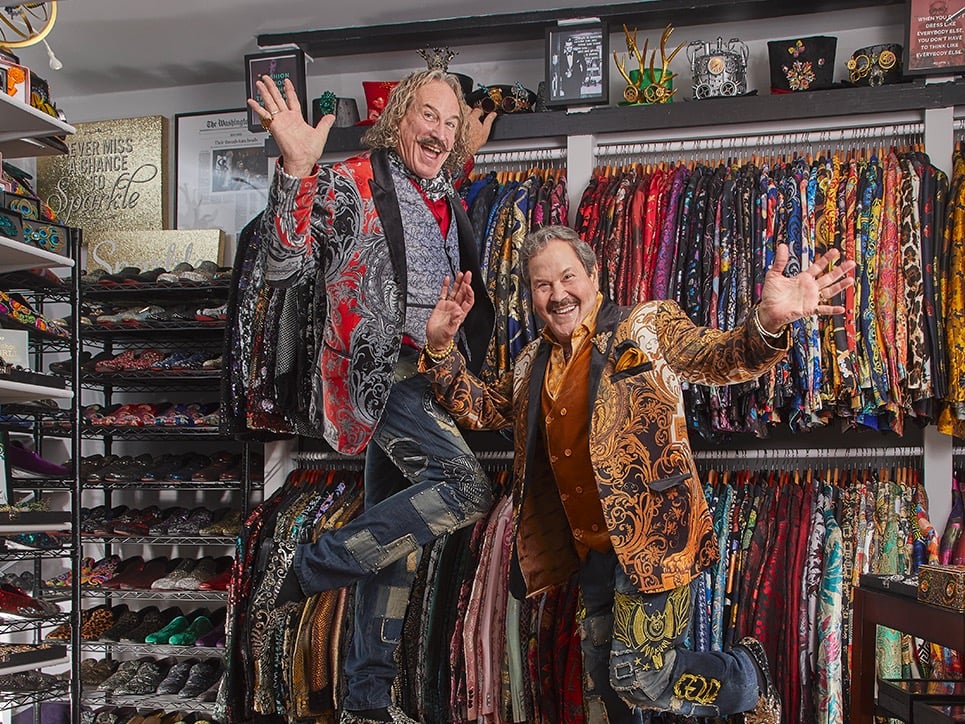Blame it on the ample hips you inherited from your mother, your three beautiful babies, yo-yo dieting, or the breakdown of elastin that accompanies aging and makes it harder for skin to spring back to its original firmness. The results are the same: loose skin that makes the belly or upper arms look flabby as well as diet- and exercise-resistant fat bulges on the back, thighs, and abs. They should be called loathe handles instead of love handles.
|
Skin Tightening Mild Moderate/Severe |
Fat Bulges Mild Moderate/SevereLiposuction removes larger amounts of fat on both the upper and lower body with more reliable results. |

Zeltiq CoolSculpting
What it is: A nonsurgical procedure using very cold temperatures to destroy fat cells permanently without damaging the skin.
Best for: Removing pockets of fat from the abdomen, flanks, upper back, and arms. Most effective on those already in good shape, with trouble spots small enough to fit into the soup-bowl-size applicator.
What to expect: A vacuum-cup applicator sucks in sections of fat and cools each spot for one hour. Expect to feel numbness and tugging. Patients often see a 25-percent fat reduction after one treatment. One or two treatments are generally needed.
When results kick in: Three months. The body needs time to rid itself of the fat naturally through the lymphatic system.
Results last: Permanently if weight remains stable.
Cost: $600 and up per treatment area.
Liposuction
What it is: A surgical procedure that employs a hollow, stainless-steel tube (called a cannula) inserted through tiny incisions to break up fat cells while a vacuum pump or syringe suctions out the fat.
Examples: Traditional liposuction, ultrasound-assisted lipoplasty (Liposonix), laser-assisted lipoplasty, superwet, tumescent.
Best for: Removing fat from a localized area, such as the stomach, thighs, and upper arms.
What to expect: General and/or topical anesthetic is used to manage discomfort. Ultrasound waves, tumescent liquid, or lasers may be used to help liquefy fat. Depending on the areas treated and the extent of liposuction, patients may return to regular activities in two to seven days and resume strenuous activity in four to six weeks. Treated areas will be bruised and swollen for one to four weeks, and patients wear a support garment for at least four weeks.
When results kick in: Three to six months.
Results last: Permanently if there’s no sig-nificant weight gain.
Cost: $1,500 to $7,500 per area.
Tummy Tuck
What it is: A surgical procedure in which a horizontal incision is made between the pubic hairline and navel. Through this incision, weakened abdominal muscles are repaired and sutured while excess fat, tissue, and skin are removed. A second incision around the navel is necessary to remove excess skin in the upper abdomen.
Best for: Flattening and firming the abdomen. Ideal candidates are those with a lot of loose skin, such as people who have experienced significant weight loss or women whose skin stretched during pregnancy.
What to expect: The procedure is done under general anesthesia. Abdominal swelling, pain, and discomfort last one to two weeks and are controlled with pain medication. A drainage tube and pump inserted into the surgical site must be drained daily for up to two weeks and are then removed. Patients return to work in one to three weeks and resume exercise in four to six weeks. Numbness may last up to a year.
When results kick in: Three to six months.
Results last: Permanently if body weight is stabilized.
Cost: $6,000 to $13,000.

















